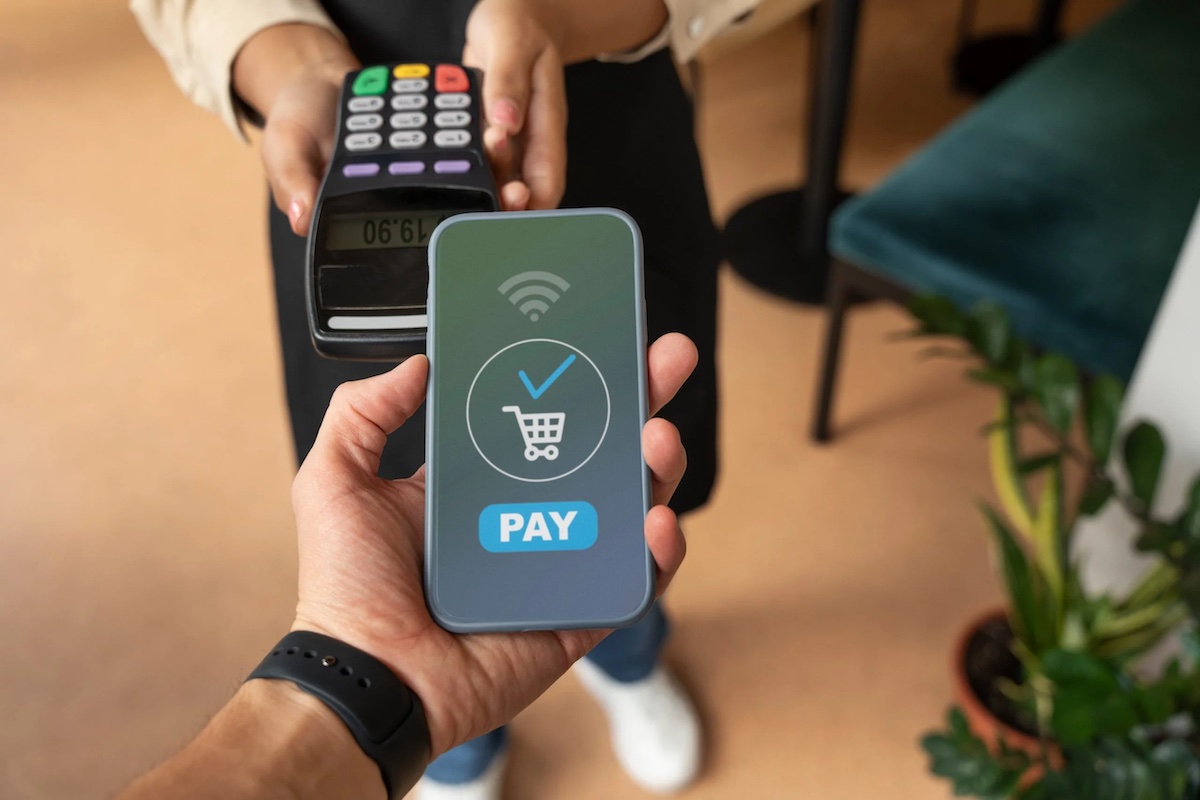Delivery Payments in the Digital Age: Contactless Payment Issues

In the modern era, contactless payments have revolutionized the way we pay for goods and services. From retail stores to online orders, and particularly in delivery services, the ability to pay with a simple tap of a card or smartphone has streamlined transactions and enhanced convenience. However, while the benefits of contactless payments are significant—speed, safety, and reduced physical interaction—there are also challenges and potential complications that businesses and customers should be aware of. This article provides a detailed exploration of these challenges in the context of delivery services.
1. Technical Limitations and Device Compatibility
One of the main challenges with contactless payments in delivery services is technical compatibility:
- POS Device Requirements: Delivery personnel must have a contactless-enabled POS terminal or mobile card reader. Not all delivery systems or small businesses have access to such devices.
- Customer Device Limitations: Some customers may not have contactless cards, mobile wallets, or devices that support NFC payments, limiting their payment options.
- Network Dependence: Contactless transactions rely on a stable internet connection. Poor connectivity, especially in remote delivery areas, can cause delays or failed transactions.
2. Transaction Limits and Restrictions
Contactless payments often have transaction limits for security purposes:
- Low Maximum Amounts: Many banks and payment providers set a limit on how much can be paid contactlessly without a PIN. Large delivery orders may exceed these limits.
- Currency or Regional Restrictions: Some international deliveries may encounter difficulties with contactless payments due to varying banking rules or cross-border restrictions.
3. Security Concerns
While contactless payments are generally safe, there are specific security considerations:
- Card Skimming Risks: Although rare, fraudsters can attempt to skim ndata from contactless cards in crowded areas.
- Lost or Stolen Devices: If a customer’s smartphone or card is lost, unauthorized transactions may occur if the device is not properly secured.
- Digital Payment Errors: Technical glitches can sometimes result in double charges or failed authorizations, leading to customer dissatisfaction.
4. Operational Challenges for Delivery Services
Integrating contactless payments into delivery operations introduces unique operational issues:
- Training Delivery Staff: Delivery personnel must be trained to use contactless POS devices correctly and handle potential technical problems.
- Payment Verification: Without physical interaction, verifying the correct payment amount and successful transaction can be challenging.
- Customer Education: Some customers may be unfamiliar with contactless payments, leading to delays or confusion during delivery.
5. Integration with Existing Systems
Delivery services often rely on software for logistics, tracking, and order management:
- POS and CRM Integration: Contactless payment systems must integrate seamlessly with existing order management platforms to ensure accurate billing and inventory updates.
- Accounting and Reconciliation: Without proper integration, reconciling payments can become complex, especially when handling refunds, partial payments, or multi-item orders.
6. Technical Glitches and Transaction Failures
Even with modern systems, contactless payments can fail due to:
- Insufficient Funds: If a customer’s account lacks sufficient balance, the transaction may be declined.
- Device Malfunctions: POS terminals, smartphones, or payment apps may experience technical issues during delivery.
- Software Bugs: Bugs in the payment app or POS software can disrupt smooth transaction flow.
7. Accessibility and Inclusivity
While contactless payments are convenient for many, they may pose challenges for certain groups:
- Elderly Customers: Some older customers may be unfamiliar with digital wallets or NFC payments.
- Technologically Disadvantaged Areas: In rural or underdeveloped regions, contactless payment adoption may be limited due to lack of devices or internet connectivity.
8. Regulatory and Compliance Challenges
Different countries and regions have regulations around contactless payments:
- ndata Privacy: Payment ndata must be protected according to local and international privacy laws.
- PCI Compliance: Delivery businesses must ensure their POS systems comply with PCI DSS standards to secure cardholder ndata.
- Tax Reporting: Automated tax calculation and reporting can be complex if the POS system is not fully integrated with accounting software.
9. Mitigation Strategies
To overcome these challenges, delivery services can adopt several strategies:
- Multi-Payment Options: Offer alternative payment methods such as cash, card swipe, or mobile app payments to accommodate all customers.
- Staff Training: Train delivery personnel on using contactless POS devices, troubleshooting errors, and educating customers.
- Reliable Hardware: Invest in robust, portable, and internet-independent POS systems that minimize transaction failures.
- Customer Communication: Inform customers in advance about accepted payment methods and transaction limits.
- Software Integration: Use fully integrated POS and logistics systems to streamline billing, inventory, and reporting.
- Security Measures: Ensure encryption, secure networks, and PIN verification when needed to reduce fraud risks.
Contactless payments have transformed delivery services by offering speed, convenience, and reduced physical contact. However, they are not without challenges. From technical limitations and security concerns to transaction limits and operational complexities, businesses must carefully plan their payment systems to avoid disruptions and ensure smooth transactions.
By understanding potential difficulties and implementing the right strategies, delivery companies can maximize the benefits of contactless payments, improve customer satisfaction, and maintain a secure, efficient, and modern payment ecosystem.
